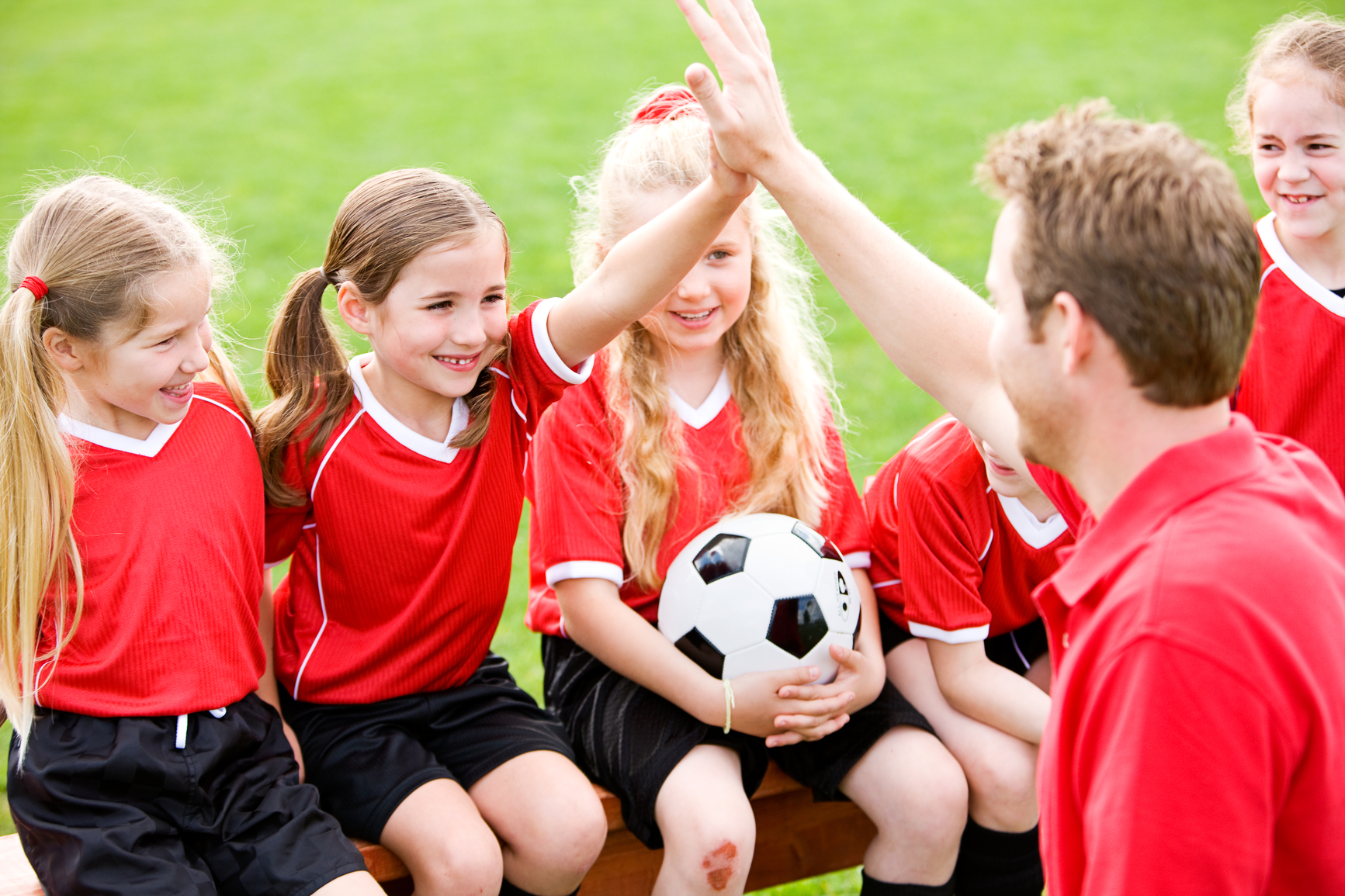The “athletic triangle” approach places athletes at the top in youth sports with adults playing supporting roles.
Every day, on fields and in gyms across the country, the “athletic triangle” is on display — that’s good.
The idea is that the child athlete is at the top of the triangle. Adults (parents and coaches) are the bottom two corners of the triangle. Their roles support the child. Athletic programs that follow this approach are appropriately centered on the young athlete (skill development, fun, physical fitness, peer network, life lessons) — as opposed to an upside-down triangle, which focuses on adult-oriented goals (winning at all costs, scholarships and professional contracts).
In 2011, the NCAA released a study demonstrating that less than half of one percent of all high school athletes would end up becoming professional athletes. In fact, as the famous saying goes in the NCAA public service commercial, “There are over 400,000 NCAA student-athletes, and most of us will go pro in something other than sports.”
Lessons and values learned as an athlete at any level of competition will be just as valuable in non-athletic life and work settings.
When done well, the athletic triangle can be one of the most life-transforming relationships your child will ever have. In addition to my parents, some of the most influential people during my childhood and young adulthood were my coaches. To this day, I remain in close contact with several of them and still rely heavily on their teachings, advice and support.
However, when done poorly, this relationship can have a devastating effect on a young athlete. In addition to the psycho-social problems that can result from a poor relationship with an adult who is a role model, the top three reasons kids cite for quitting sports are adults: coaches and parents! This shows the importance of our job as adults to “do right” by our kids.
Coaches and parents should keep these things in mind about children playing organized sports:
Encourage and maintain:
- Fun
- Success
- Variety
- Freedom
- Family participation
- Peer support
- Enthusiastic leadership
Discourage:
- Failure
- Embarrassment
- Unhealthy competition
- Boredom
- Regimentation
- Injuries
In addition, here are some recommendations to ensure a positive relationship between coaches and parents to provide the best and safest experience for young athletes:
- Consider using contracts to establish policies for team, coaches and parents.
- Provide support and ensure player safety.
- Encourage and work with children to do their best.
- Maintain open and respectful lines of communication.
- Remember that athletes are watching you. Lead by example.
It is beneficial to expose your child to a variety of sports and activities. Nurture his or her interests and help your son or daughter find what is just right for them. Also, as a parent, it’s not only OK to be involved, but it is also important. However, always remain supportive and respect of your child’s right to participate or not.
For additional tips and information please see the attached resources:
1) Injury Prevention in Youth Sports
2) Sports Safety Checklist for Parents

